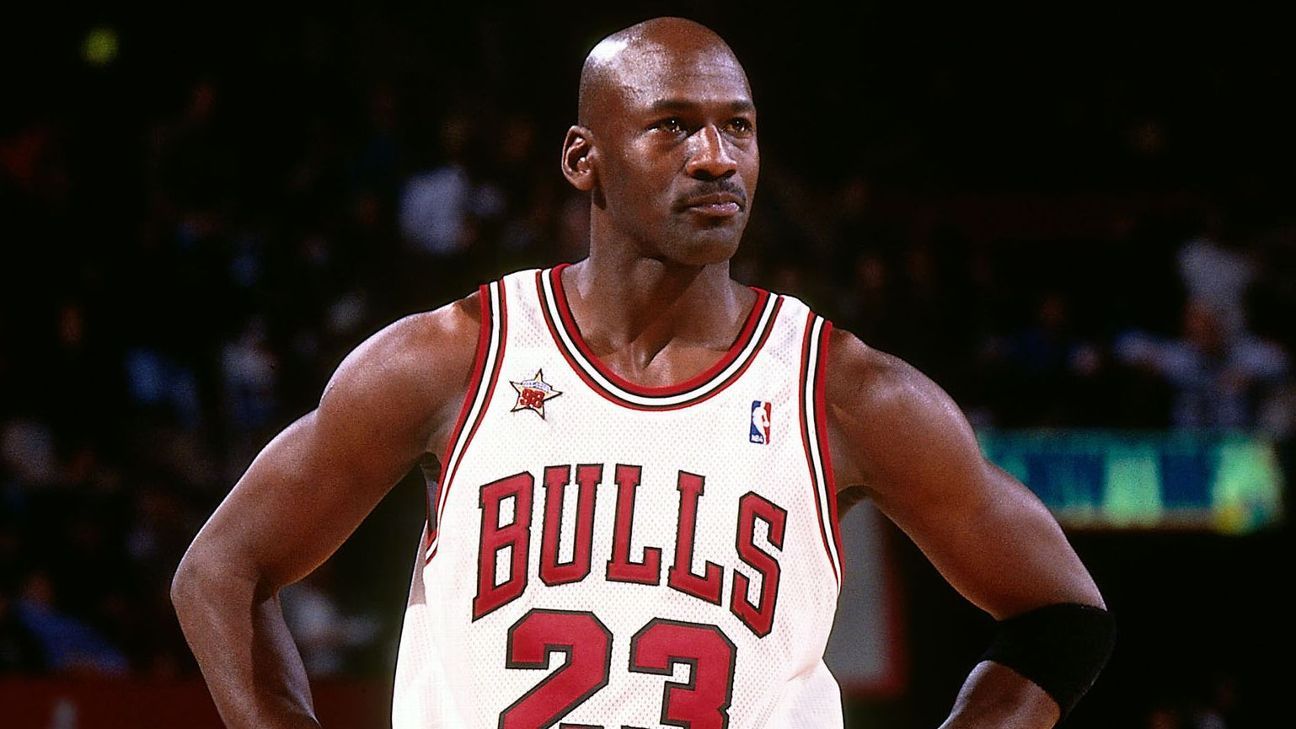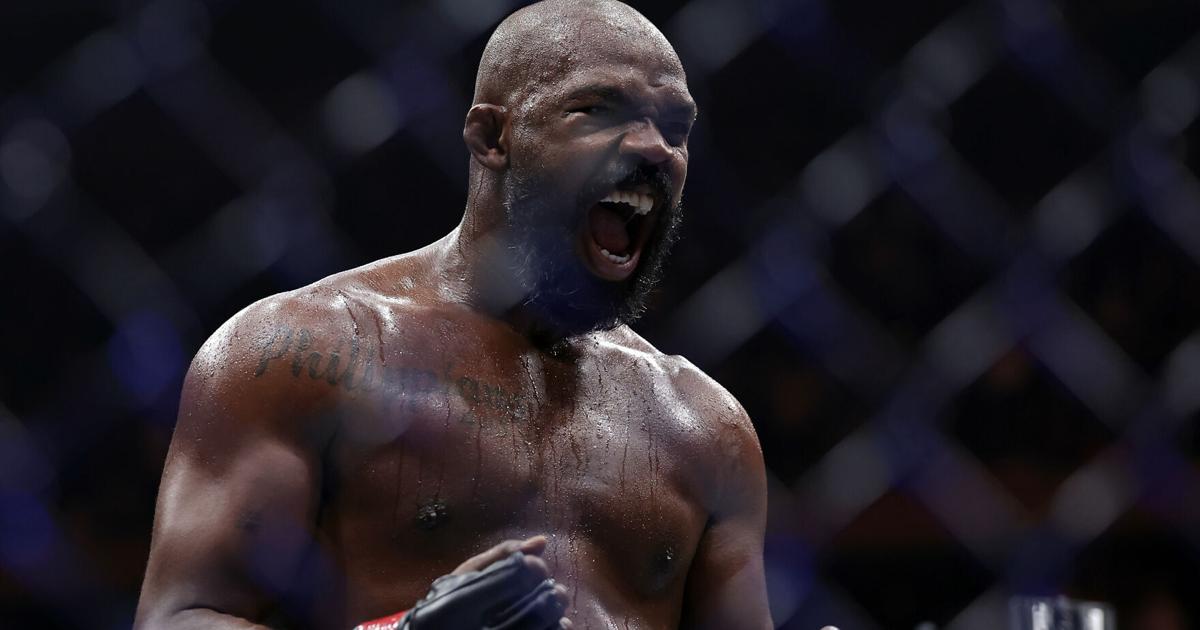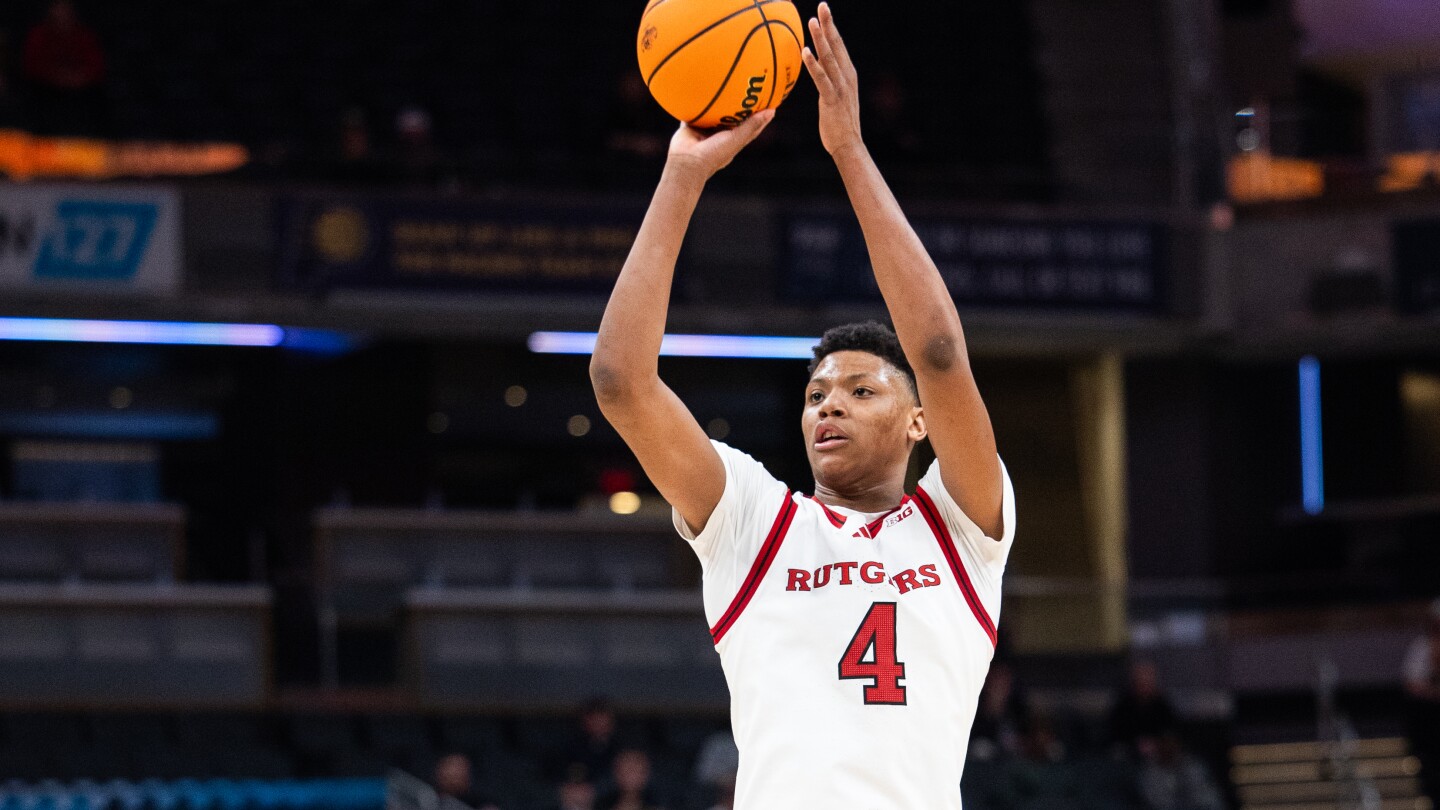Mastering Fantasy Football: A Guide to Salary Cap Drafts

Fantasy football enthusiasts are gearing up for the upcoming season by diving into the intricacies of salary cap drafts. This format offers a unique twist on traditional drafts, allowing managers to build their rosters through strategic bidding rather than standard player selection. Understanding the dynamics of salary cap drafts can be crucial for those looking to enhance their competitive edge.
Ja’Marr Chase, the wide receiver for the Cincinnati Bengals, is expected to be the top pick in many fantasy drafts due to his impressive performance last season. In just his fourth year in the NFL, he delivered one of the highest-scoring seasons ever recorded for a wide receiver. For managers picking at the top of the order, selecting Chase is a sensible move. However, those drafting later, such as at the ninth or tenth position, will need to adapt their strategies since they may miss out on not only Chase but also other elite players like Bijan Robinson of the Atlanta Falcons and Saquon Barkley of the Philadelphia Eagles.
Understanding Salary Cap Drafts
In a salary cap draft, each team is allocated a budget—commonly set at $200—to spend on players. This process involves nominating players in a predetermined order, which can sometimes be strategic to influence bidding patterns among participants. Managers can bid on players until the highest bid secures the player, allowing for a more dynamic and engaging experience than traditional drafts.
The excitement of a salary cap draft lies in its strategic depth. Unlike standard drafts where managers simply wait for their turn to pick, salary cap drafts require constant assessment of available funds and players. If a manager is determined to acquire top players like Chase, Robinson, or Barkley, they must be prepared to allocate significant portions of their budget.
As ESPN suggests, new managers should consider different strategies, such as the “stars-and-scrubs” approach, which focuses on acquiring a few high-cost superstars while filling in the rest of the roster with lower-cost players. Alternatively, a more balanced approach may appeal to those who prefer a roster with a greater distribution of talent across all positions.
Strategies for Success
One of the keys to succeeding in a salary cap draft is flexibility. Managers should enter the draft with a plan but remain open to adjusting their strategy as bidding progresses. For example, if a fan of the Baltimore Ravens aggressively bids on quarterback Lamar Jackson, a manager may need to pivot and consider a different player to maintain financial flexibility for other positions.
It is essential to keep a close eye on how others are bidding. Some players may be overvalued, leading to higher bids than their actual worth, while others may present excellent value. Managers should feel empowered to spend freely on players they believe will deliver results, but they should also be cautious not to exhaust their budget too quickly.
While tools like ESPN‘s tiered rankings and cheat sheets can provide helpful insights, custom rankings based on individual strategy are invaluable. Keeping track of which players are still available and adjusting bids accordingly can significantly impact roster composition.
The process of filling rosters during a salary cap draft is merely the beginning. Managers will need to remain active throughout the season, monitoring player performance and making adjustments for injuries or bye weeks. It is advisable to reserve budget for filling in positions like team defenses and kickers later in the draft, as these often require less investment.
For those new to this format, utilizing resources such as the Mock Draft Lobby can be beneficial. This platform allows managers to practice their bidding strategies in a simulated environment, helping to familiarize themselves with the overall process and pacing of salary cap drafts.
As the fantasy football season approaches, managers should remember that while they may not always secure their top picks, careful bidding can lead to assembling a competitive and successful team. The excitement of salary cap drafts lies in their unpredictability, making each experience unique and engaging.






